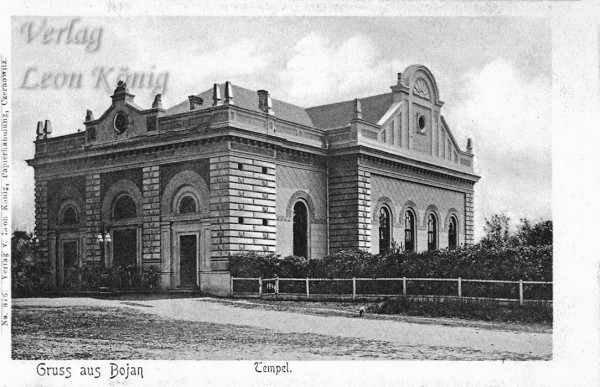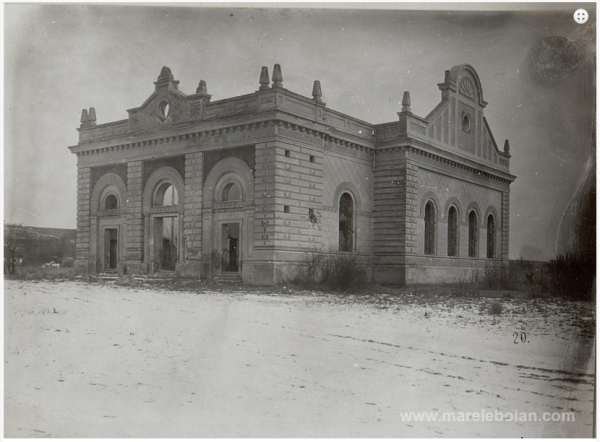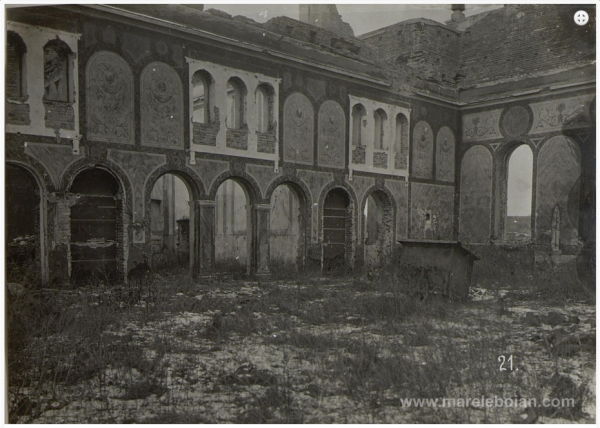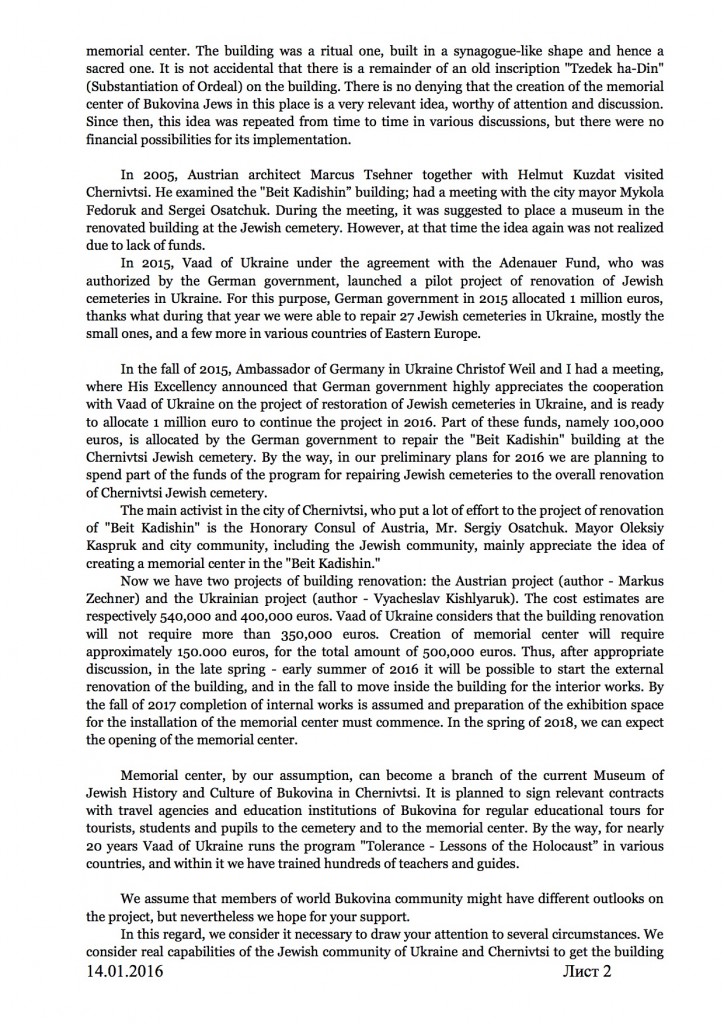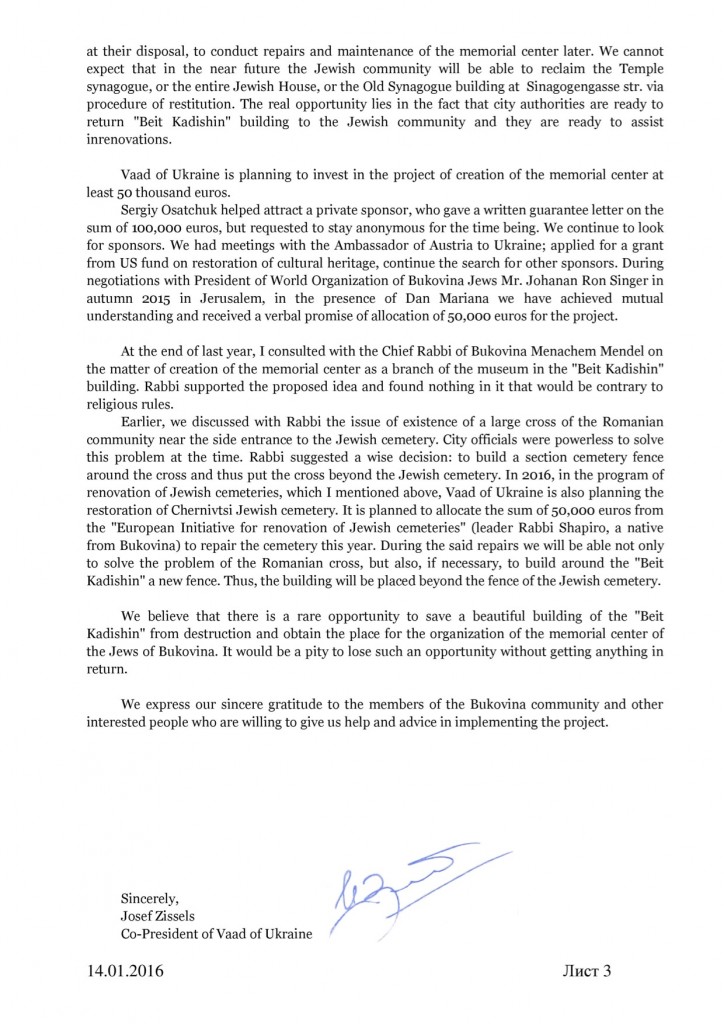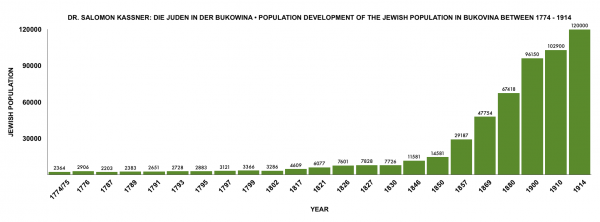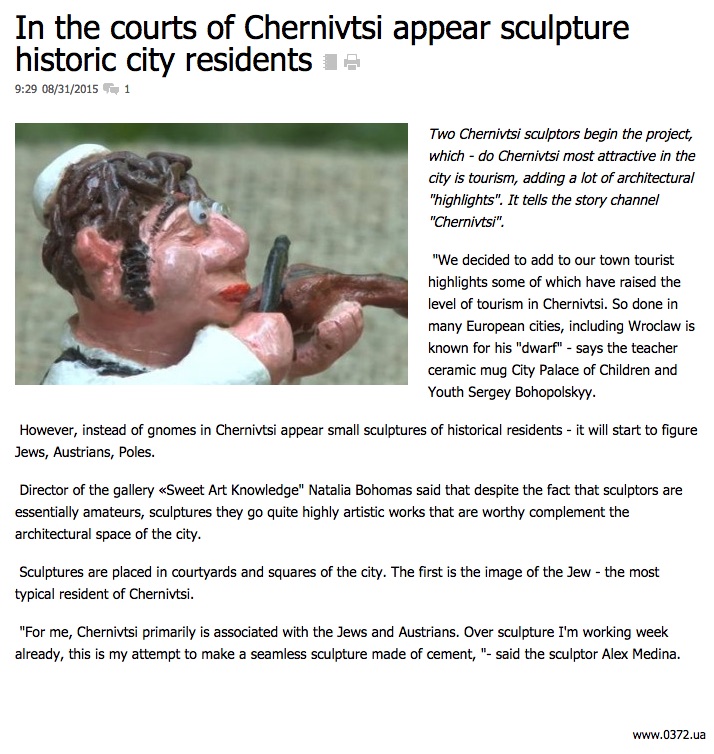From Ruth Levin, an article from the “Ost-Yiddishe Zeitung”, 2.6.1935:
“…Dr. Landau introduced to the audience a young man whose name
should not be forgotten. Probably, we’ll hear from him again and again.
Levin isn’t a singer, rather he’s an artistic reader. He’s not a reader, rather
he’s an actor. As a matter of fact he’s all in one: singer, artistic reader, actor
and poet. Why also poet? He reads to us only the poems of others, does he not?
That being so, this is the secret of his art. He reveals what is hidden between the lines.
He brings the poet to completion. He draws from the poet’s soul riches the poet himself
did not know of, riches that were hidden in his sub-conscious…
Frequently the words of the text in his mouth serve solely as a stimulus that awakens –
just for a passing moment – the poetic spiritual inheritance of his own, and that has
always to be born anew, like the music.
The art of Leibu Levin needs not only to be heard, though, but also to be seen. He himself
one has to hear and see, how he breathes into the dim hall, into the pearls of strangers’
poetry, his young burning soul, the creative, sometimes ecstatic, and sometimes weeping
soul… His profound understanding drew one deeply into the fables of
Eliezer Steinbarg and the ballads of Itzik Manger.
From time to time the reader becomes singer, and only when he was seen as well as heard,
did I finally understand the meaning of the old expression “to sing and to say”
regarding troubadours and minnesingers. When his spoken word passes to song, it reminds me
of a flying ship hovering above the earth and taking off to the blue heavens…
Talent is as rare as gold. From the gold it is possible to forge a holiday crown for
priests who serve gods and it is possible to pay with it the penance for sinful impurity…
Talent can be refined to capture surpassing art, or can descend to cheap popular
entertainment. It seems to me that all in Leibu Levin aspires toward and is uplifted to the
shining heights of noble art .”
Dr. Meyer Ebner
The newspaper “Ost-Yiddishe Zeitung”, 2.6.1935


